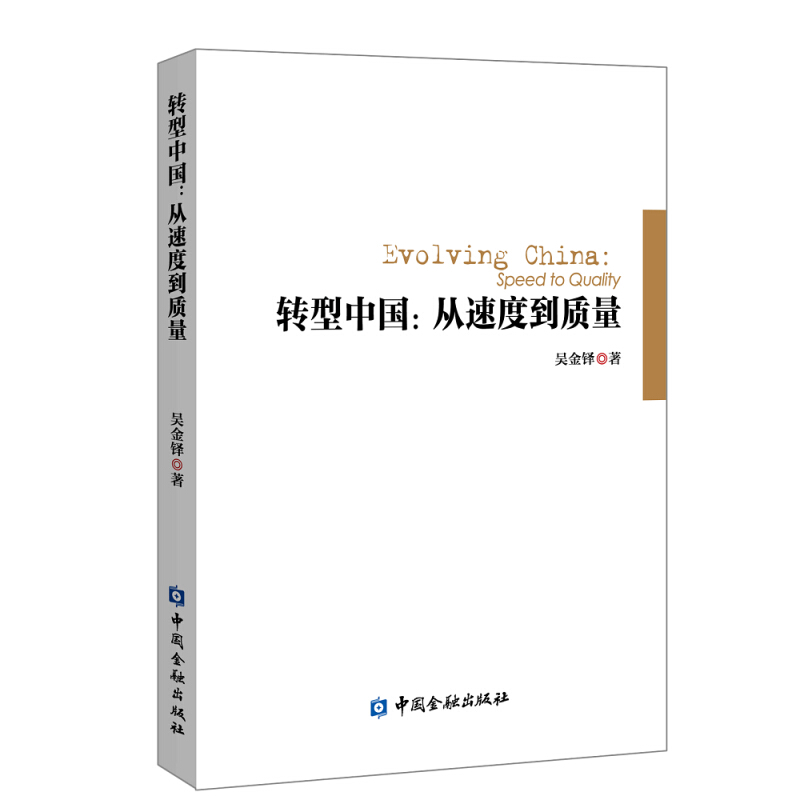- ISBN:9787522004884
- 装帧:一般胶版纸
- 册数:暂无
- 重量:暂无
- 开本:其他
- 页数:311
- 出版时间:2020-07-01
- 条形码:9787522004884 ; 978-7-5220-0488-4
内容简介
本书试图构造一个经济发展方式投入产出模型,把需求结构、要素投入以及产业结构纳入统一的分析框架,以行业部门为载体,通过对中国42个行业经济发展方式投入产出模型各种投入要素的产出系数进行计量估计,对我国的经济发展方式进行考察,很后以产业的选择为切入点来探索中国经济发展方式转变和高质量发展的路径。
目录
作者简介
吴金铎,女,湖北武汉人,经济学博士,应用经济学流动站出站博士后。复旦大学发展研究院兼职研究员。曾在《世界经济研究》Physics Procedia等国内外杂志公开发表中英文学术论文数篇,部分被中国人民大学《复印报刊资料》全文转载。在《环球时报》(Global Times)、英国《金融时报》(FT中文)、《国际金融报》等报刊发表30余篇专业评论,财新专栏作家。参与“Shang-hai at Center Stage: The Free Trade Zone and the International Financial Center "《“十二五”时期促进中部崛起若干问题研究》等三部中英文专著的撰写。曾作为主研人参与亚洲开发银行技术援助中国项目(TA7192-PRC)。撰写国务院政策研究室信息研究司内参、上海市政府自贸区内参,部分获得重要领导批示。
-

星际迷航经济学 科幻、经济学和未来世界
¥25.4¥49.8 -

博弈论
¥11.4¥38.0 -

认知世界的经济学
¥45.1¥48.0 -

1949-2009-八次危机-中国的真实经验
¥33.0¥55.0 -

大转折:1973危机因何而生 繁荣为何不可持续
¥34.1¥62.0 -

置身事内 : 中国政府与经济发展
¥41.0¥65.0 -

一课经济学
¥16.0¥42.0 -

图解资本论
¥13.8¥46.0 -

英国的经济组织
¥6.8¥18.0 -

曾国藩的经济课
¥25.8¥68.0 -

(平装)哈佛经济课
¥14.4¥45.0 -

金钱心理学:财富、人性和幸福的永恒真相
¥39.2¥56.0 -

江村经济
¥15.7¥32.0 -

资本论
¥295.7¥336.0 -

博弈论
¥25.9¥49.8 -

贫穷的本质(修订版)/我们为什么摆脱不了贫穷
¥40.6¥58.0 -

国富论
¥10.5¥35.0 -

萨缪尔森谈财税与货币政策
¥10.0¥25.0 -

工业现代化――新时代的制造强国之路
¥35.3¥49.0 -

中世纪商业合伙史
¥18.6¥49.0









